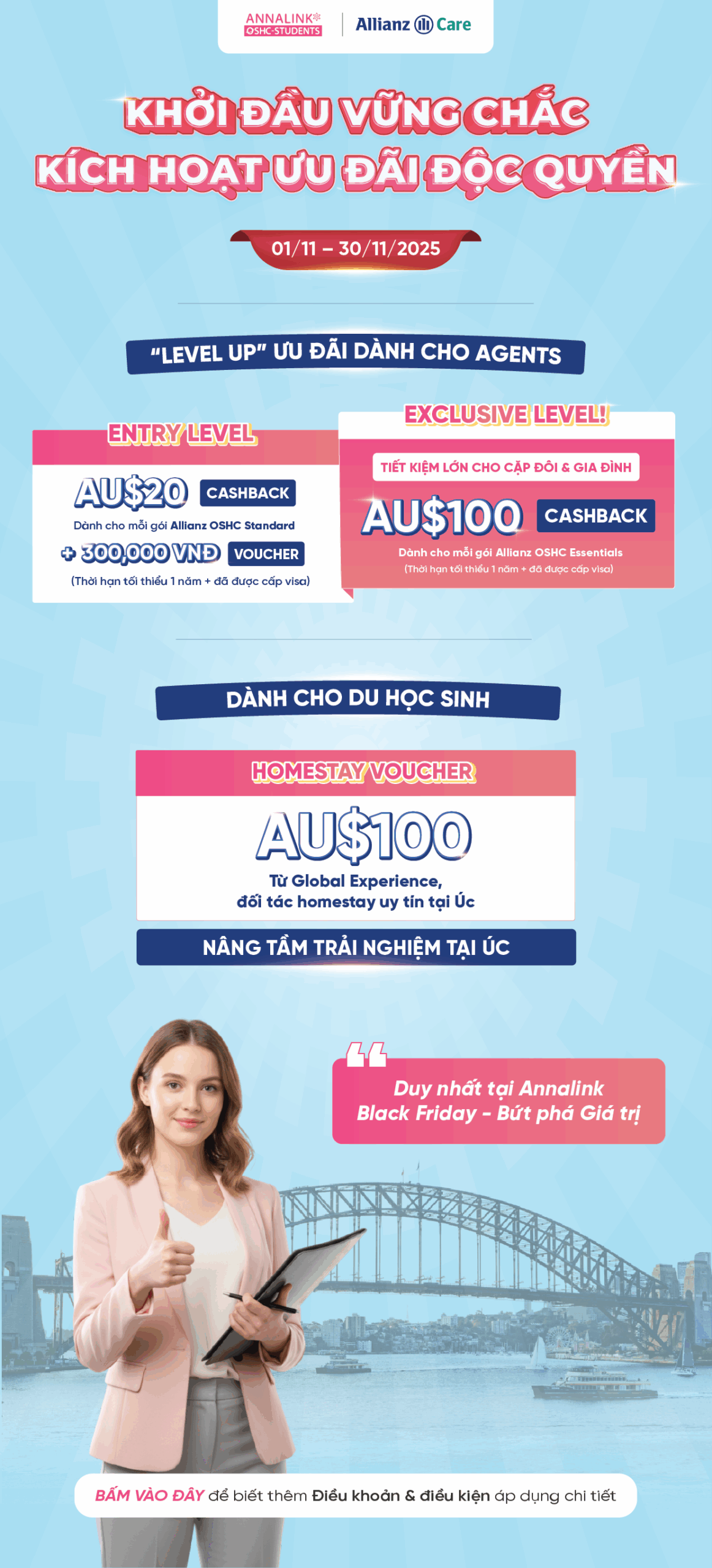OSHCstudents – The Pharmaceutical Benefits Scheme (PBS) lets Australians, international students and visitors to Australia use lots of prescribed medicines without paying full price.

The PBS is part of the Australian Government’s National Medicines Policy. The National Medicines Policy aims to balance the need for medicines with good health results and economic limits.
The PBS aims to offer safe, affordable medicines to all Australians.
The government subsidises the cost of medicine for most medical conditions, through the PBS. The PBS has existed since 1948.
You can browse the PBS online:
- to look at all drugs listed on the PBS
- to learn more about the prescribing of PBS medicines
- for detailed patient information on medicines prescribed by your doctor or dentist
- to find out what you can expect to pay for medicines
Who can use the PBS?
The PBS can be used by all Australians who hold a current Medicare card.
Overseas students and visitors who have a valid OSHC/OVHC.
Overseas visitors from countries that have a Reciprocal Health Care Agreement with Australia can also get medicines through the PBS.
This covers visitors from:
- Belgium
- Finland
- Italy
- Malta
- The Netherlands
- New Zealand
- Norway
- The Republic of Ireland
- Slovenia
- Sweden
- United Kingdom
How much do medicines cost on the PBS?
Co-payments
Everybody has to pay something towards the cost of medicines. This is called the co-payment. Many PBS medicines cost much more than the co-payment.
From January 1, 2022, the most you will have to pay is:
- $42.50 for general patients
- $6.80 if you hold a concession card
The amount of the co-payment changes on 1 January each year, in line with the Consumer Price Index (CPI). You can check the current fees here.
To be able to use the concession benefit, you must hold one of the following cards:
- Commonwealth Seniors Health Card
- Department of Veterans Affairs White, Gold, or Orange Card
- Health Care Card
- Pensioner Concession Card
Brand premiums
Some medicines might have a price premium or brand premium. This is an extra payment that you pay to the supplier of the specified brand of a PBS medicine. The extra charge does not mean there is any difference in quality between brands.
This happens when there are 2 or more brands of the same medicine available. The Government subsidises each brand to the same amount. They are subsidised up to the cost of the lowest priced brand, minus your co-payment.
If you are prescribed a more expensive brand, you pay the difference in price. This cost goes to the supplier NOT to the Government.
This brand premium is in addition to your co-payment.
You can ask your pharmacist to give you a less expensive brand. This is often called “generic medication”. Your doctor must agree that you can have a different brand of medicine to the one they prescribed.
If you have any concerns, you should talk to your doctor or pharmacist.
PBS safety net
The Australian Government gives more support for people who spend a lot of money on health care. This is called the safety net.
The safety net uses the idea of a ‘family unit’. This could be:
- a person
- a couple
- a family
After your family unit spends a certain amount of money on healthcare, new PBS prescriptions become cheaper or free.
From 1 July 2022, the general patient Safety Net threshold is $1,457.10. When a family unit’s total co-payments reach this amount, you can sign up for a Safety Net concession card. After this point, you pay the concessional co-payment amount of $6.80 for the rest of the calendar year.
From 1 July 2022, the concessional Safety Net threshold is $244.80. When a family unit’s total co-payments reach this amount, you can sign up for a Safety Net entitlement card. This lets you receive pharmaceutical benefits free of charge for the rest of the calendar year.
OSHCstudents (source: healthdirect)














